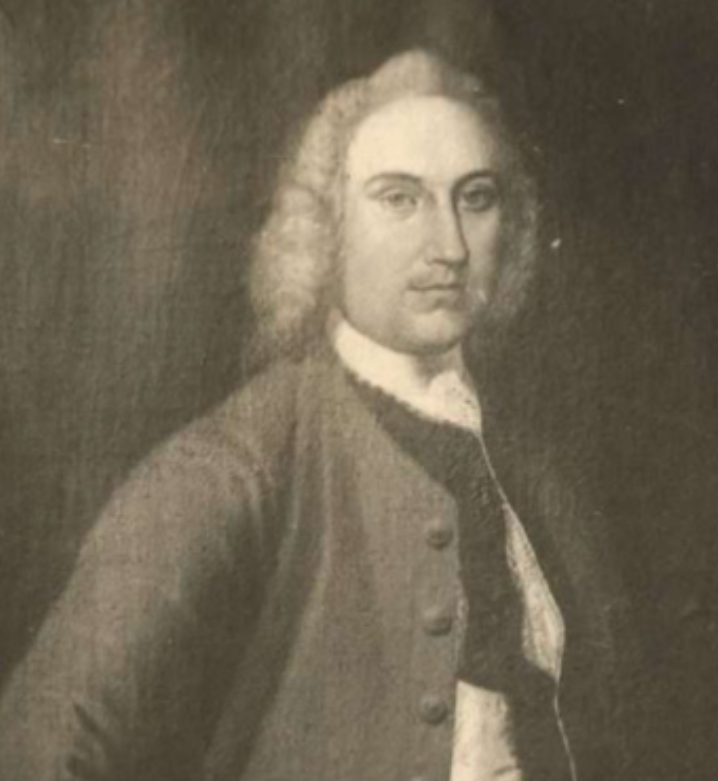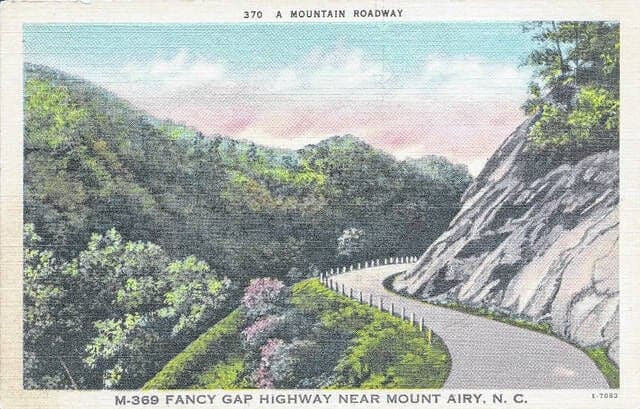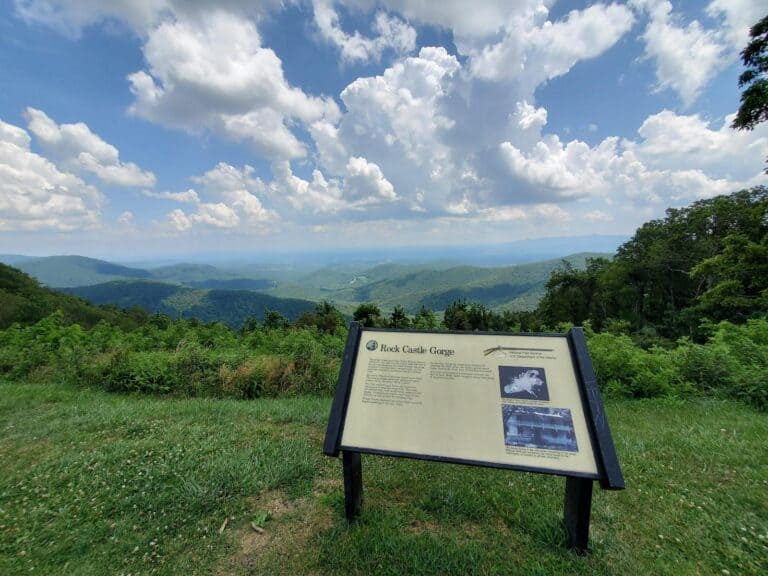Willie Carter Sharpe: The Rum-Running Queen of Virginia

When you think about Prohibition-era rum runners, the image of a fast-talking, fast-driving man usually comes to mind. But in the hills of Virginia, one woman stood out above all the men: Willie Carter Sharpe. Born in Floyd County in the early 1900s, Willie was destined for more than a quiet life in the Blue Ridge Mountains. Her journey from a restless teenager to the queen of the rum runners is a story worth telling—one filled with high-speed chases, daring escapades, and a courtroom drama that captivated the nation. Stick around to learn how this fearless woman outdrove, outsmarted, and outshone them all.
From Mill Worker to Moonshine Queen
At 17, Willie packed her bags and left Floyd County for the “big city” of Roanoke, seeking better opportunities. She found work in a cotton mill, then an overall factory in Lynchburg, and eventually at a five-and-dime store in Roanoke. Life was tough, and Willie wasn’t one to settle for mediocrity. She soon became entangled in bootlegging when she married Floyd Carter, son of the local moonshine king, John Carter.
Willie didn’t just dip her toes in the illegal liquor trade—she dove in headfirst. She wasn’t content with being a part of the family business; she wanted to make her mark. Willie quickly earned a reputation for her driving skills and fearless attitude. She didn’t just deliver liquor; she orchestrated convoys of up to ten cars, zigzagging along mountain roads to evade law enforcement.
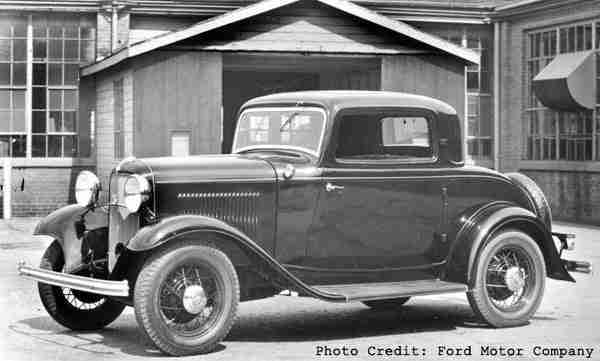
Souped-Up Rides: The Mechanics of Moonshine Running
Moonshiners didn’t rely on speed and stealth—they built it into their cars. The Model A Ford was a favorite but needed serious modifications to become a rum-running machine. They swapped out the standard engine for a powerful 4-carb Cadillac V8, added heavy-duty shocks and reinforced tires to handle rough backroads, and improved the cooling system to keep the engine from overheating. Gear ratios were adjusted for faster acceleration, and high-performance brakes were installed for quick stops. They built hidden compartments for the liquor, cleverly concealed within seats, floorboards, and trunks. They sometimes used kill switches for brake lights and blackout lights for nighttime runs to avoid detection. These tweaks turned the Model A into a formidable vehicle, capable of outrunning any law enforcement vehicle on the winding Blue Ridge roads.
Picture this: Willie at the wheel of her modified Ford, leading a caravan loaded with moonshine. She’d weave in and out of back roads and negotiate mountain switchbacks at high speeds. It was nearly impossible for the cops to catch her. It wasn’t just about speed but about outsmarting the law, and Willie was a game master.
Her operations were impressive. Starting at the Blackwater filling station in Franklin County, Willie and her crew would load up with liquor and head north to Roanoke. From there, the drivers would split, delivering their goods to Lynchburg, Covington, and even as far as Washington, D.C., and Baltimore. On a good day, Willie could move over a hundred gallons of liquor, sometimes making two or three trips.
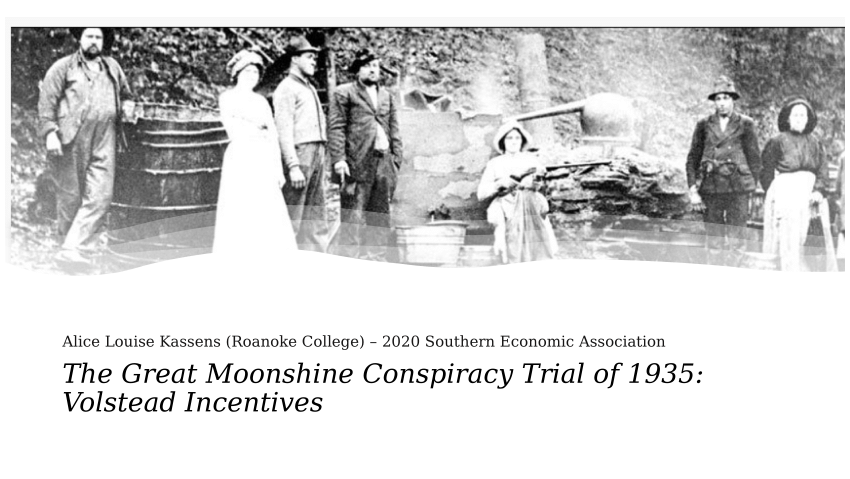
Arrest, Prison, and The Great Moonshine Conspiracy
Willie’s prowess on the road didn’t go unchallenged. Between 1921 and 1931, she was arrested 13 times for speeding and reckless driving. Yet, she always seemed to slip through the cracks, continuing her reign as the queen of the rum runners. By some estimates, Willie moved nearly 145,000 gallons of whiskey out of Franklin County during her career. Other reports suggest she transported up to 250,000 gallons. No matter the number, Willie was in a league of her own.
Her luck ran out in May 1931 when she was arrested for violating Prohibition laws. Sentenced to three years in Alderson Federal Prison in West Virginia. Other notable Alderson inmates were jazz singer Billie Holiday and, later, lifestyle guru Martha Stewart. But even prison bars couldn’t dull Willie’s legacy.
Willie’s arrest was just a piece of the puzzle in what became known as the Great Moonshine Conspiracy Trial. Federal agent Colonel Thomas Bailey went undercover for two years to build a case against the major players in Franklin County’s illegal liquor trade. When the trial finally came, Willie’s testimony was pivotal. She walked into the courtroom, all in white, sans her usual diamond-studded grill, and spun a tale that captivated everyone present.
The trial ended with the conviction of 20 out of 23 defendants, including the Commonwealth attorney and the sheriff. But the sentences were light; many were back in business before serving their time. Prohibition had ended, but Willie’s legend lived on.
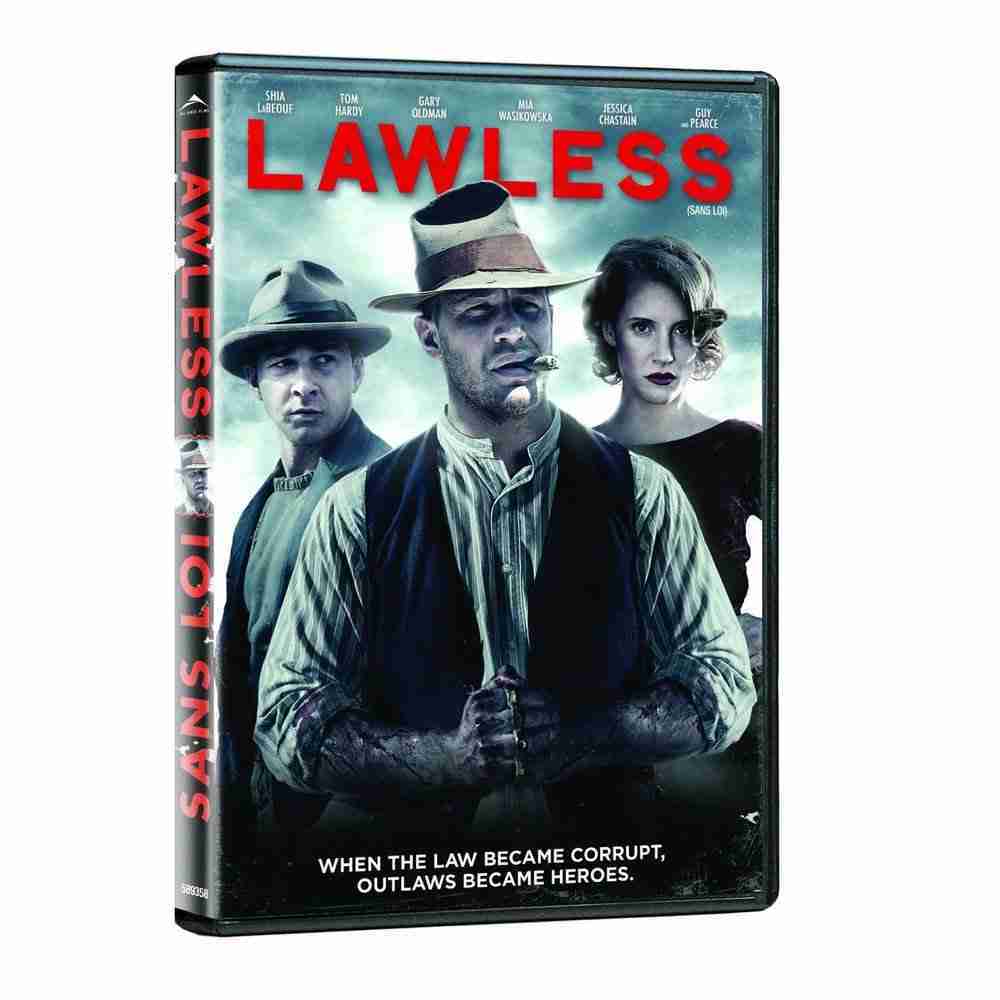
Inspiring Legends: Willie’s Influence on Literature and Film
Sherwood Anderson, covering the trial for Liberty magazine, was so taken with Willie’s story that he based a character in his novel “Kit Brandon” on her. Willie’s exploits also inspired “The Wettest County in the World,” which became the movie “Lawless.” Her story resonates because it’s not just about breaking the law; it’s about breaking barriers and defying expectations.
Willie Carter Sharpe wasn’t just a rum runner; she was a trailblazer. Her life and legacy remind us that the most daring and unforgettable characters sometimes come from unexpected places. So, the next time you think of the Prohibition era, don’t just picture men in fedoras and fast cars. Remember Willie, the woman who outdrove, outsmarted, and outshone them all.
More Appalachian History & Culture
Find more stories from the region’s past on the History and Culture page.
Appalachian History and Culture Collection
Enjoying Blue Ridge Tales? I hope so. If you’d like to help keep the site ad-free and the stories rolling, you can buy me a coffee.
To stay connected, subscribe to my Blue Ridge Tales newsletter, and have stories and updates delivered once a month to your inbox.

